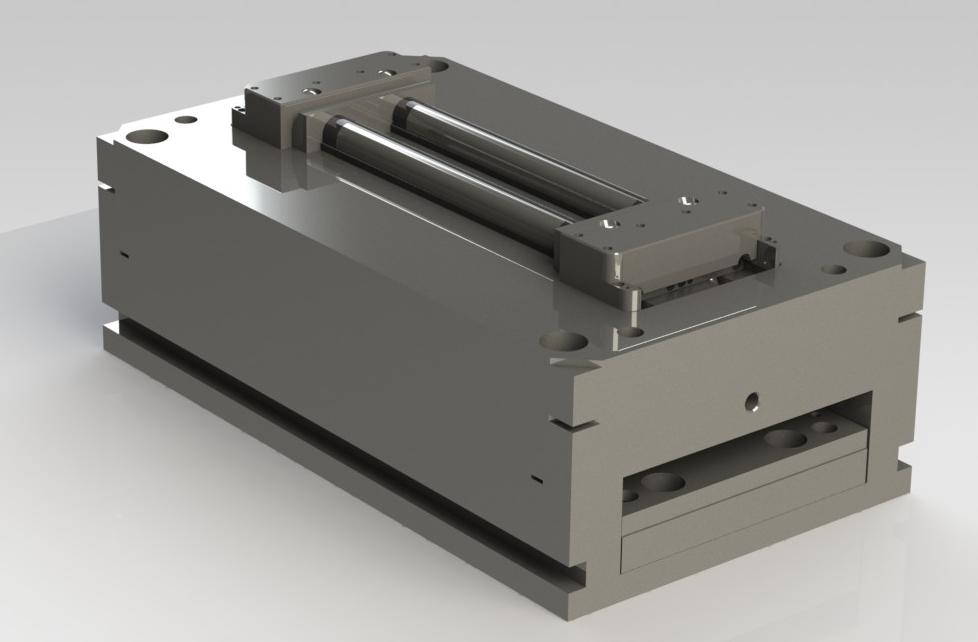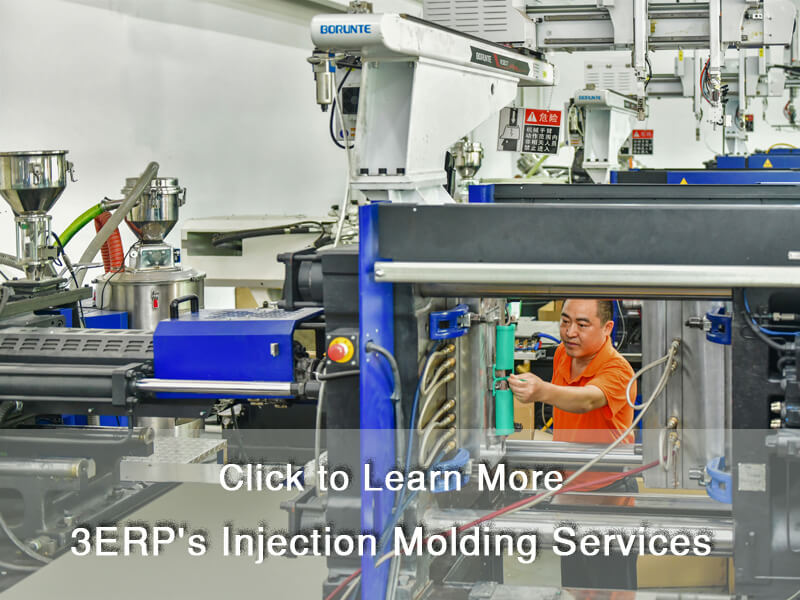How Manufacturing Industries can Save You Time, Stress, and Money.s
Wiki Article
Little Known Facts About Manufacturing Industries.
Table of ContentsWhat Does Lean Production Do?Some Ideas on Plastic Manufacturing You Should KnowThe Only Guide to Additive ManufacturingEverything about MfgHow Additive Manufacturing can Save You Time, Stress, and Money.Everything about Lean Production
The text on this web page is a sample from our complete White Paper 'Injection Moulding for Customers' - * Example message * - for full overview click the download switch above! Intro This guide is meant for people who are wanting to source plastic mouldings. It offers a much needed insight into all that is involved with developing plastic components, from the mould device required to the moulding procedure itself.If you intend to discover even more, the guide covers sorts of mould devices, along with unique finishing procedures such as colours & plating. Words that are underscored can be found in the glossary in the appendix ... Component I: Moulding: The Essentials The Advantages of Injection Moulding Plastic injection moulding is a very accurate procedure that offers numerous advantages over various other plastic handling techniques.
Accuracy is ideal for very detailed parts. You can hold this moulding in the hand of your hand and it has managers, ribs, steel inserts, side cores as well as holes, made with a moving shut off attribute in the mould device.
4 Simple Techniques For Manufacturing Industries


Indicators on Oem You Should Know
from material feed & melting; material injectionProduct shot time and ejection as well as the re-closing of the mould tool ready device all set next cycleFollowing Draft angles - The walls of a moulded part must be somewhat tapered in the instructions in which the component is expelled from the mould tool, to allow the component to be ejected conveniently.Ejector stroke - The pressing out of ejector pins to expel the moulded part from the mould device. Ejector stroke rate, size and also timing requires to be meticulously managed to avoid damages to the ejectors as well as mould device, yet at the very same time make the moulding cycle as brief as possible.

8 Easy Facts About Lean Manufacturing Described
Ribs - When a plastic part has thin wall surfaces, ribs are included in the design to make the thin wall surfaces stronger Side cores - Side action which creates an attribute on a moulded part, at an opposing angle to the normal opening instructions of the mould device. hon hai precision. The side core needs to be able to pull back as the plastic part can not be expelled otherwise.
Wall surfaces - The sides of a moulded part The text on this web page is a sample from our full White Paper 'Shot Moulding for Customers'.
Production process for generating parts by infusing liquified product right into a mould, or mold and mildew Streamlined diagram of the procedure Injection moulding (U.S. punctuation: shot molding) is a production process for generating parts by infusing liquified material into a mould, or mold and mildew. Shot moulding can be done with a host of products mainly including steels (for which the process is called die-casting), glasses, elastomers, confections, and most typically thermoplastic and thermosetting polymers. Shot moulding is extensively utilized for manufacturing a variety of components, from the tiniest components to entire body panels of vehicles. Breakthroughs in 3D printing technology, using photopolymers that do not thaw during the shot moulding of some lower-temperature thermoplastics, can be made use of for some straightforward shot moulds. Shot moulding uses a special-purpose machine that has 3 parts: the shot device, the mould and the clamp.
Additive Manufacturing Fundamentals Explained
Process qualities [modify] Shot moulding Find Out More uses a ram or screw-type plunger to force liquified plastic or rubber product right into a mould tooth cavity; this strengthens into a shape that has satisfied the contour of the mould. It is most typically utilized to process both thermoplastic and thermosetting polymers, with the volume used of the former being significantly higher.: 13 Thermoplastics are this page prevalent as a result of characteristics that make them highly appropriate for injection moulding, such as convenience of recycling, versatility for a variety of applications,: 89 as well as ability to soften and move on heating.In several cavity moulds, each tooth cavity can be identical as well as create the exact same components or can be distinct and also form several various geometries throughout a single cycle.
The screw provides the raw product onward, mixes and homogenises the thermal as well as thick circulations of the polymer, as well as minimizes the required home heating time by mechanically shearing the material as well as adding a considerable quantity of frictional home heating to the polymer. The product feeds ahead with a check shutoff and also collects at the front of the screw into a volume understood as a shot. When sufficient material has gathered, the material is forced at high pressure and also velocity right into the component developing dental caries. The exact quantity of contraction is a feature of the material being made use of, and also can be reasonably foreseeable. To avoid spikes in pressure, the process typically uses a transfer setting representing a 9598% complete cavity where the screw shifts from a constant velocity to a constant stress control.
Manufacturing for Dummies
As soon as the screw gets to the transfer setting the packaging pressure is used, which completes mould filling as well as makes up for thermal contraction, Recommended Reading which is rather high for thermoplastics about numerous various other products. The packing stress is applied up until the gate (cavity entry) strengthens. Due to its little size, eviction is typically the top place to solidify via its entire thickness.: 16 Once the entrance solidifies, say goodbye to product can get in the cavity; as necessary, the screw reciprocates and gets material for the following cycle while the product within the mould cools so that it can be ejected as well as be dimensionally stable.Report this wiki page